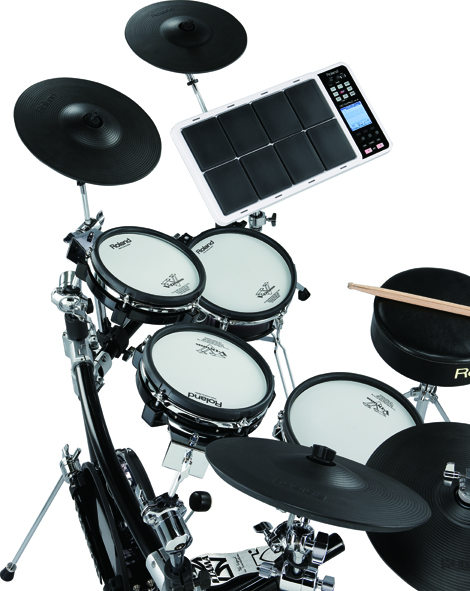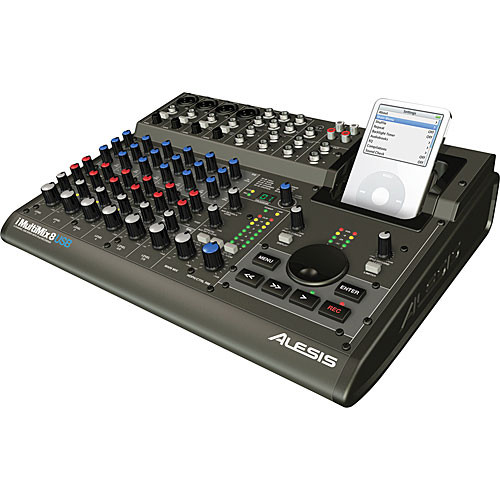
Roland turns the big 5-0 this year, and they are celebrating with a new e-drum concept called the D-Flux. The triangular pads look a lot like Roland’s Alpha drums, the company’s first foray into electronic bangables way back in 1985.

The D-Flux, however, will build on all of Roland’s considerable experience and success with the sounds and mesh pads of its venerable V-Drum series. The really interesting part of the new D-Flux is its take on the kick drum—now essentially two horizontal belts that purportedly replicate the dynamic feel of a drumhead.


I’m intrigued for sure. The triangle-shaped pads do make sense in terms of saving space (you can nestle them right against each other), but I still profoundly love the look of Roland’s gold-standard V-Drums, especially the Acoustic Design series. It could just be that my old-ass eyes can’t see the future very well.
The D-Flux isn’t for sale yet or perhaps ever, but it is supposed to be out on a “global tour” where some lucky drummers can get sticks on it.
Roland has also put together a retrospective of their e-drums. Though clearly a marketing piece, it’s still a good read if you are interested in some of the major moments in the history of electronic drums.
More pics and a vid of the D-Flux below.













